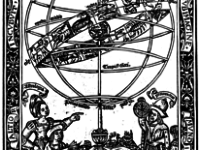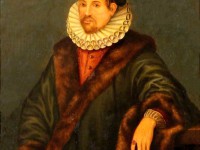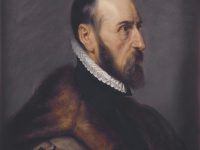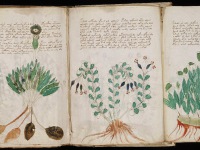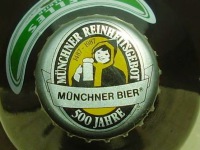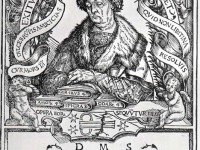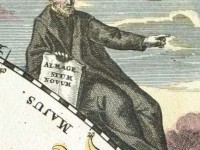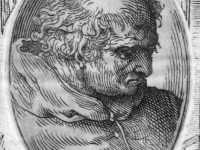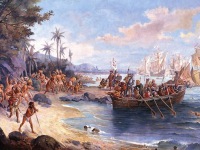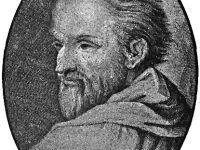Georg von Peuerbach – Astronomy at the Beginning of the Scientific Revolution in Early Modern Age
On May 30, 1423, Austrian astronomer, mathematician and instrument maker Georg von Peuerbach was born. He is best known for his streamlined presentation of Ptolemaic Astronomy in the Theoricae Novae Planetarum. Furthermore, he promoted the use of Arabic numerals (introduced 250 years earlier in place of Roman numerals), especially in a table of sines he calculated with unprecedented accuracy. Not much is known about Peuerbach’s Early Life There is not much known about…
Read more

